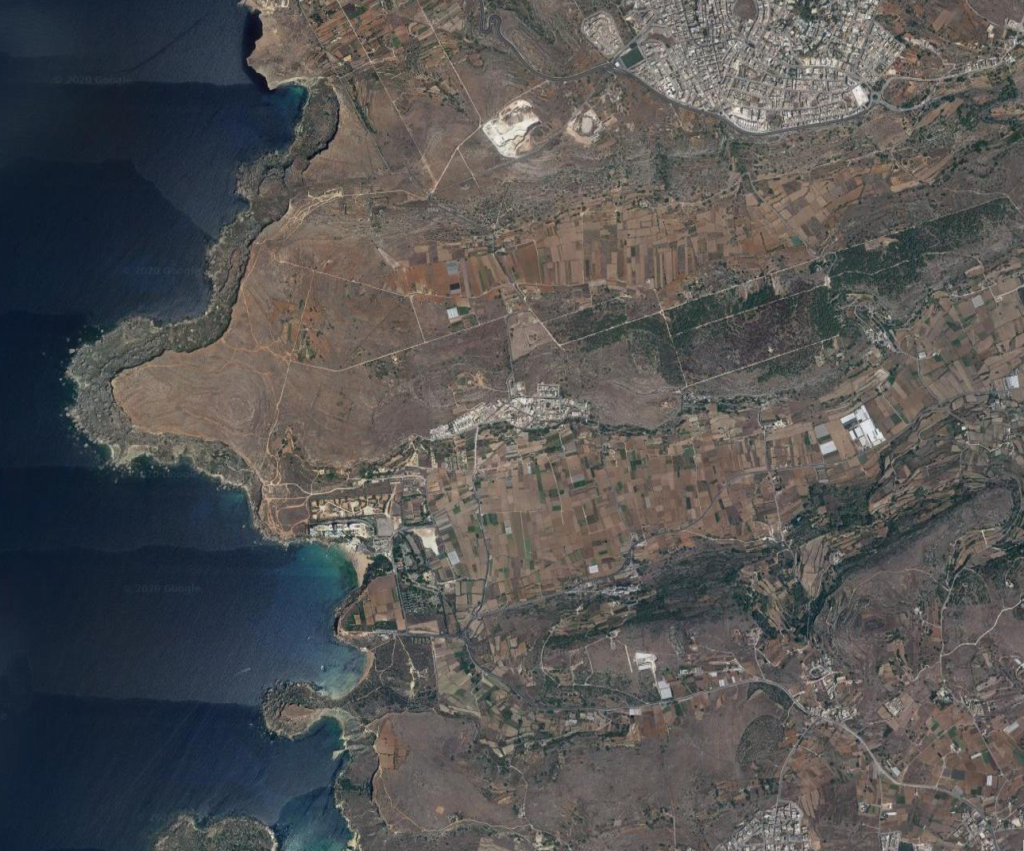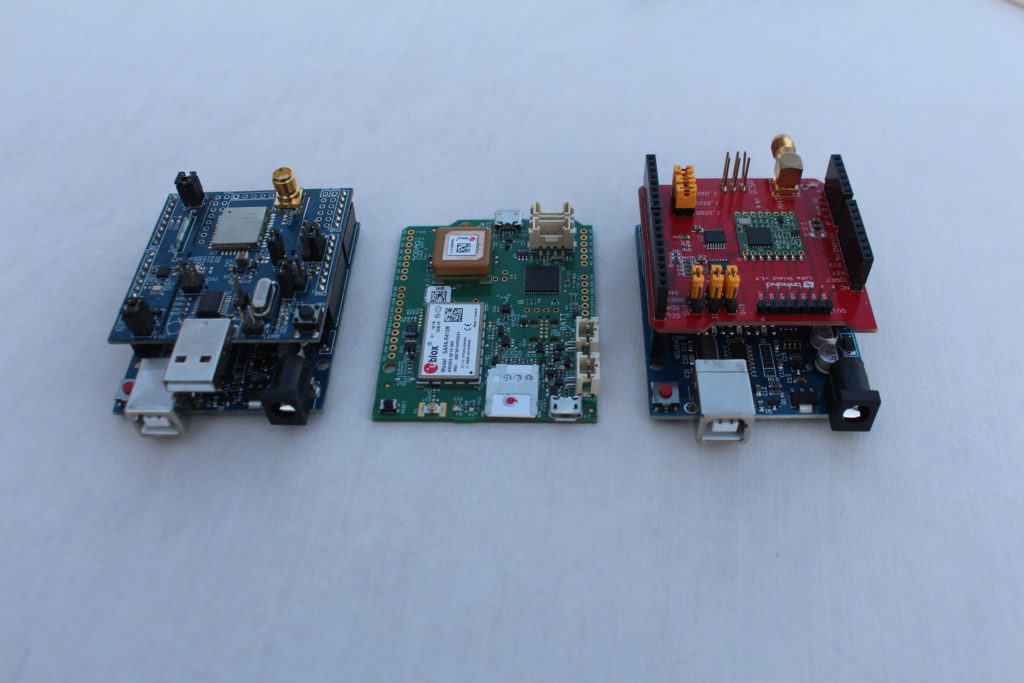The objective of this project is to compare the functionality and performance of three low-power wide-area network (LPWAN) / Internet of things (IoT) technologies ‒ namely, Sigfox [1], LoRa [2] and NB-IoT [3] ‒ which were deployed in a rural area in Malta covering 7 km². The main focus was to conduct experiments, based on three System Development Kits (SDKs) in order to analyse the performance of these technologies in terms of path loss, received signal strength indicator (RSSI) and signal-to- noise ratio (SNR) in outdoor scenarios. In addition, the technical differences between these technologies have been studied theoretically and evaluated in real-world deployments. Finally, the project also considered different application scenarios and elaborated upon which of the three LPWAN technologies would best fit.

The Hata propagation model was used to estimate path loss for the three technologies. This model predicts the path loss between the end-device and the base station, depending on the height of transmit-and-receive antennae, the frequency of operation, the distance between them, and the type of environment (urban, suburban, rural) and line of sight. The said model was also used to observe how the RSSI correlates with path loss and distance values. The Hata model predicted the values of the path loss consistently for all three technologies. In all the cases, the RSSI was observed from the statistics of their server and compared with the calculations of the Hata model, and the results were found to be reasonably accurate, with quantifiable discrepancies.

The MATLAB programming language was used consistently throughout the study code scripts to collect data from the three SDKs. The comparison of data was made more statistically accurate by coding scripts to obtain data at certain intervals, and over a long period of time for all the three technologies. This process provided a large sample of compiled data, thus better determining the average values and avoiding errors inherent when testing on a small sample size. Furthermore, MATLAB scripts were alsoused to present statistical data to better understand the behaviour of each individual device in their respective locations.
It is being envisaged that future users could make use of the results obtained from this study to make an informed decision on which technology would be best suited for their preferred IoT application.
References/Bibliography:
[1] J. C. Zuniga and B. Ponsard, “Sigfox system description,” LPWAN@ IETF97, Nov.14th, vol. 25, 2016.
[2] U. Noreen, A. Bounceur and L. Clavier, “A study of LoRa low power and wide area network technology,” in 2017 International Conference on Advanced Technologies for Signal and Image Processing (ATSIP), 2017, pp. 1-6.
[3] R. Ratasuk et al, “NB-IoT system for M2M communication,” in 2016 IEEE Wireless Communications and Networking Conference, 2016, pp. 1-5.
Student: Carl Joseph Vella
Course: B.Sc. IT (Hons.) Computer Engineering
Supervisor: Prof. Ing. Saviour Zammit
